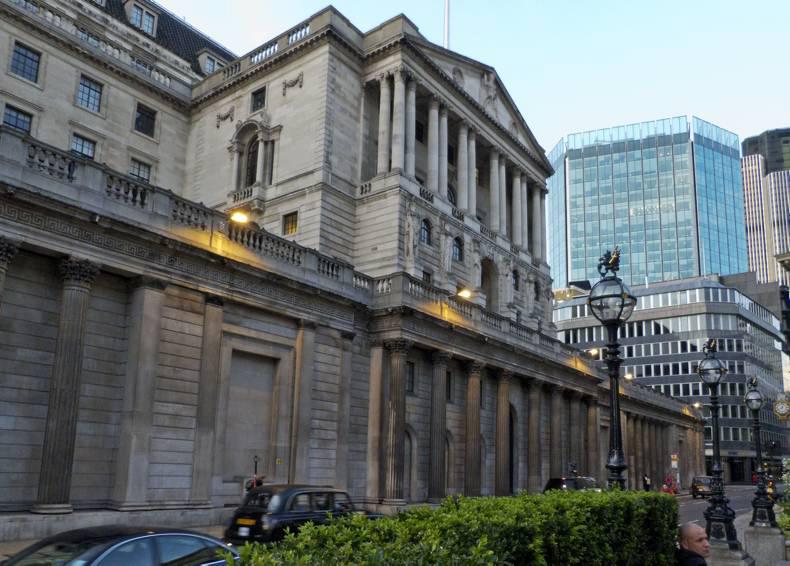The Bank of England (BoE) has lifted interest rates in the UK for the first time since July 2007, raising its benchmark lending rate from 0.25% to 0.5% in a move that was widely anticipated. Members of the BoE’s monetary policy committee voted 7-2 in favour of increasing interest rates to tighten UK fiscal policy for the first time in a decade.
The primary aim of the rate increase is to protect UK consumers from spiralling inflation costs since the UK voted to leave the European Union. The BoE said worrying signs remained in the UK economy and that higher interest rates were needed to keep inflation in check.
Cautious forecast
However, the BoE’s monetary policy committee issued a cautious forecast to markets by stressing any future increases in the benchmark lending rate would be at a “gradual pace and to a limited extent.” The committee said should UK interest rates rise to 1% by late 2019 it would be enough to keep inflation in the UK economy broadly in check.
This cautious outlook on future rate increases had an immediate effect on currency markets and served to send the pound sterling lower against both the euro and US dollar. Having traded close to £0.87 against the euro in recent days, sterling quickly weakened to £0.89 on foot of the news. The pound fell to $1.31 against the US currency.
Read more
Irish potato growers under pressure from UK imports
The Bank of England (BoE) has lifted interest rates in the UK for the first time since July 2007, raising its benchmark lending rate from 0.25% to 0.5% in a move that was widely anticipated. Members of the BoE’s monetary policy committee voted 7-2 in favour of increasing interest rates to tighten UK fiscal policy for the first time in a decade.
The primary aim of the rate increase is to protect UK consumers from spiralling inflation costs since the UK voted to leave the European Union. The BoE said worrying signs remained in the UK economy and that higher interest rates were needed to keep inflation in check.
Cautious forecast
However, the BoE’s monetary policy committee issued a cautious forecast to markets by stressing any future increases in the benchmark lending rate would be at a “gradual pace and to a limited extent.” The committee said should UK interest rates rise to 1% by late 2019 it would be enough to keep inflation in the UK economy broadly in check.
This cautious outlook on future rate increases had an immediate effect on currency markets and served to send the pound sterling lower against both the euro and US dollar. Having traded close to £0.87 against the euro in recent days, sterling quickly weakened to £0.89 on foot of the news. The pound fell to $1.31 against the US currency.
Read more
Irish potato growers under pressure from UK imports






 This is a subscriber-only article
This is a subscriber-only article










SHARING OPTIONS: